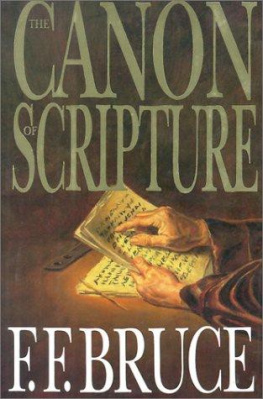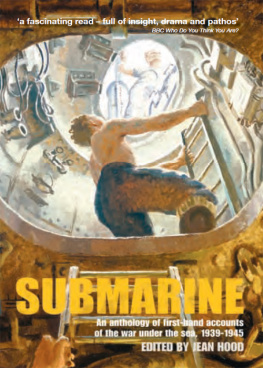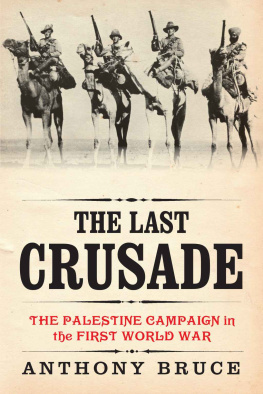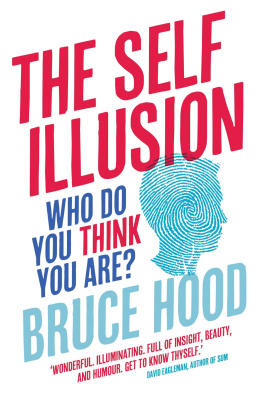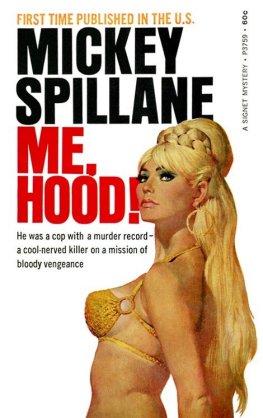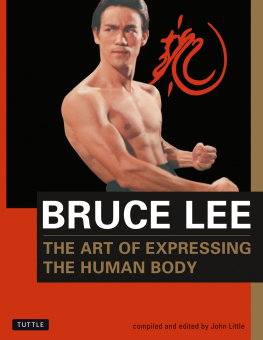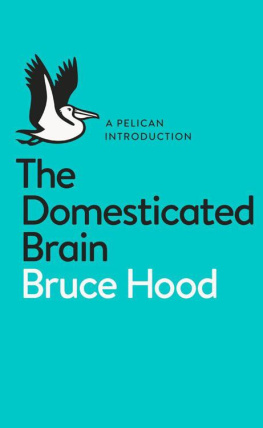Hood, Bruce - Supersense
Here you can read online Hood, Bruce - Supersense full text of the book (entire story) in english for free. Download pdf and epub, get meaning, cover and reviews about this ebook. year: 2009, publisher: Constable Robinson, genre: History. Description of the work, (preface) as well as reviews are available. Best literature library LitArk.com created for fans of good reading and offers a wide selection of genres:
Romance novel
Science fiction
Adventure
Detective
Science
History
Home and family
Prose
Art
Politics
Computer
Non-fiction
Religion
Business
Children
Humor
Choose a favorite category and find really read worthwhile books. Enjoy immersion in the world of imagination, feel the emotions of the characters or learn something new for yourself, make an fascinating discovery.

Supersense: summary, description and annotation
We offer to read an annotation, description, summary or preface (depends on what the author of the book "Supersense" wrote himself). If you haven't found the necessary information about the book — write in the comments, we will try to find it.
Supersense — read online for free the complete book (whole text) full work
Below is the text of the book, divided by pages. System saving the place of the last page read, allows you to conveniently read the book "Supersense" online for free, without having to search again every time where you left off. Put a bookmark, and you can go to the page where you finished reading at any time.
Font size:
Interval:
Bookmark:

Bruce Hood is currently the Director of the Bristol Cognitive Development Centre in the Experimental Psychology Department at the University of Bristol. He has been a research fellow at Cambridge University and University College London, a visiting scientist at MIT and a faculty professor at Harvard.
SUPERSENSE
From Superstition to Religion the Brain Science of Belief
Bruce Hood
Constable London
Constable & Robinson Ltd
3 The Lanchesters
162 Fulham Palace Road
London W6 9ER
www.constablerobinson.com
First published in the US by HarperOne, a division of HarperCollins Publishers, 2009
This edition first published in the UK by Constable,
an imprint of Constable & Robinson Ltd, 2009
Copyright Bruce Hood, 2009
The right of Bruce Hood to be identified as the author of this work has been asserted by him in accordance with the Copyright, Designs and Patents Act 1988
All rights reserved. This book is sold subject to the condition that it shall not, by way of trade or otherwise, be lent, re-sold, hired out or otherwise circulated in any form of binding or cover other than that in which it is published and without a similar condition including this condition being imposed on the subsequent purchaser.
A copy of the British Library Cataloguing in Publication data is available from the British Library
ISBN: 978-1-84901-030-6
Printed and bound in the EU
1 3 5 7 9 10 8 6 4 2
CONTENTS
Prologue: Why Do We Demolish Evil Houses?
ONE
What Secret Do John McEnroe and David Beckham Share?
TWO
Could You Wear a Killers Cardigan?
THREE
Who Created Creationism?
FOUR
Blooming, Buzzing Babies
FIVE
Mind Reading for Beginners
SIX
Freak Accidents
SEVEN
Would You Willingly Receive a Heart Transplant from a Murderer?
EIGHT
Why Do Travelling Salesmen Sleep with Teddy Bears?
NINE
The Biology of Belief
TEN
Would You Let Your Wife Sleep with Robert Redford?
Readers Notes
Acknowledgments
Source Notes
Index
PROLOGUE:
WHY DO WE DEMOLISH EVIL HOUSES?
THE HOUSE AT 25 Cromwell Street, Gloucester, England, is no longer there. In October 1996, the city council ordered the removal of all physical traces of the Wests home where young girls were raped, tortured and murdered by Fred and Rosemary during the 1970s. Fred had used his builders skills to conceal the bodies at the three-storey family home. First he buried them under the basement floor but when he ran out of space, he turned to the garden. His own sixteen-year-old daughter, Heather, was entombed under the newly laid patio. During the investigation, there was a rumour that some of the paving stones had been stolen from the crime scene. Unscrupulous locals had salvaged the slabs and an unwitting resident was now the proud owner of a barbecue made from the stones used to hide the horrors at Cromwell Street.1 Nick, a fifty-something landlord who owned other houses in the street, told me this rumour was a myth. He was there. The council had removed every last brick. These were crushed into dust and then scattered across a landfill site in unmarked locations.
In the brilliant sunshine of Holy Thursday, April 2007, I stood on the exact spot where many of the bodies had been buried. Nick helped me locate this. Its now a passageway between the remaining row of houses and a Seventh-Day Adventist Church. I did not know about this oddity of street planning and was shocked by the closeness of heaven to hell on earth. Could the congregation ever have imagined what was going on next door as they prayed? Did this proximity to the church heighten the Wests sense of depravity?
I watched for half an hour as Gloucesters youngsters used the convenient walkway to get to wherever they were going. Most were heading to the nearby park. The unseasonably hot April day had brought out loose summer clothing, carefree laughter, and a spring in the step of the youth. Very unusual for this grim, English city, well past its prime. As they sauntered past the overdressed psychology professor who seemed to be oddly preoccupied with a passageway, they were oblivious to the human suffering and atrocities committed at this spot thirty years earlier. And why not? It was simply an empty space.
Why do we demolish and remove houses associated with appalling murders? The same happened to the Oxford Apartments in Milwaukee, Wisconsin, where Jeffrey Dahmer lived, and the house where Ian Huntley murdered the two little girls in Soham, England. Dahmers place is now a car park and 5 College Close has been laid to turf. Houses associated with notorious murders are difficult to resell. The Colorado home where the body of the child beauty star JonBent Ramsey was found has been on and off the market, always selling below its true value. US realtors call these properties stigmatized homes and they present a considerable marketing challenge. Disclosure laws vary from state to state. In Massachusetts, if you dont ask, they dont need to tell. In Oregon, vendors dont have to reveal anything. Hawaiian realtors are legally bound to reveal everything that might affect the value of a property, including ghosts.2 In the United Kingdom, you have to declare whether you have fallen out with the neighbours in a dispute. But there is no legal requirement to tell prospective buyers about the murderous history of a house. Deception is common, since most people would prefer to see these places obliterated from existence and memory.
In 2000, Alan and Susan Sykes sat down to watch a Channel 5 TV documentary about Dr Samson Perera, the Leeds University scientist who murdered and dismembered his teenage daughter, 15 years earlier. As the programme unfolded, Alan and Susan were shocked to discover that their modest house in Wakefield, West Yorkshire, was the actual scene of the horrific act and that police had never fully recovered all of the 100 body parts that the poor girl was hacked into. Alan and Susan were distraught. They immediately moved out of the house of horror, selling it six months later at 8,000 less than they had originally paid for it. They would never have bought the house if they had known its gruesome past. When they tried to sue the previous owners, who knew of the murder, for not telling them, the judge was sympathetic but rejected their claim, as the vendors were not obliged to disclose this information. The question on the vendors form asked, Is there any information which you think the buyer may have the right to know? Apparently, missing body parts secreted around the house were not considered significant information from a legal point of view.3
Could you live in the house in Wakefield? Even if there were no missing body parts secreted around the building, just the thought of something horrible taking place is enough to keep most away. Are you someone who would cross the street to avoid standing on the spot where evil took place or would you relish the thrill? Why do we feel the need to replace something with nothing?
A physical building is a powerful reminder that can trigger painful memories and emotions. Maybe I was no better than the trail of ghoulish sightseers to Cromwell Street that Nick had witnessed over the years. If there is nothing to look at, then shouldnt this keep the weirdos away? At least removing the visible reminder makes it easier for a community to heal and forget. But demolishing a building, crushing the rubble into dust and taking it away to secret locations with demolishers under oath not to reveal the final whereabouts seems a bit excessive.4
Next pageFont size:
Interval:
Bookmark:
Similar books «Supersense»
Look at similar books to Supersense. We have selected literature similar in name and meaning in the hope of providing readers with more options to find new, interesting, not yet read works.
Discussion, reviews of the book Supersense and just readers' own opinions. Leave your comments, write what you think about the work, its meaning or the main characters. Specify what exactly you liked and what you didn't like, and why you think so.


